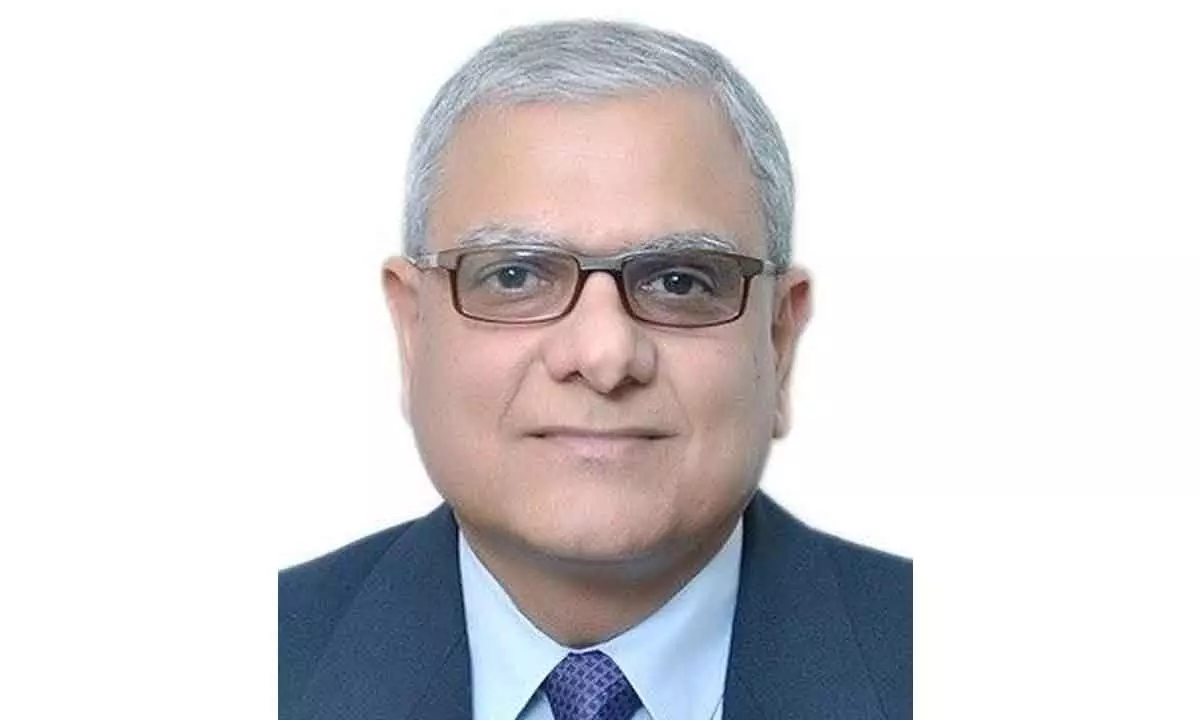Researchers discovered new accelerated model for drug

Prof Ashwinin Nangia
Prof Ashwini Kumar Nangia, a Senior Professor of Chemistry at the University of Hyderabad (UoH) has published a novel approach which will accelerate the discovery and development of high bioavailability drugs
Prof Ashwini Kumar Nangia, a Senior Professor of Chemistry at the University of Hyderabad (UoH) has published a novel approach which will accelerate the discovery and development of high bioavailability drugs. The present-day model of drug discovery is based on identifying molecular pharmacophores, which are bioactive structural units in molecules tested for pharmacological action.
However, over 80 per cent of drugs are formulated as tablets or capsules and more than 90 per cent pharmaceutical lead compounds in clinical development suffer from poor bioavailability due to low solubility and/or low permeability.
In order to address overcoming the bioavailability challenge in drug molecule lead discovery and optimisation of a marketable formulation, the new model invokes the supramolecular heterosynthon in addition to the molecular pharmacophore. By refining both molecular functional groups and hydrogen bonding synthons, with the latter imparting high solubility and permeability in the same molecule, the overall drug discovery cycle will be accelerated compared to the traditional two stage process.
By searching drug molecules and crystal structure databases and culling the voluminous data using artificial intelligence and machine learning tools, a medicinal chemist should be able to rationally sift the structural information and reach the target drug molecules of high bioavailability more efficiently and with higher success rate.
The novel hybrid model has appeared as a Scientific Perspective in Wiley international journal Angewandte Chemie of the German Chemical Society. The success of the supramolecular synthon and crystal engineering strategy in the design and development of novel salt-cocrystal drugs was recently published as an exhaustive review by Prof. Nangia in the American Chemical Society Journal Chemical Reviews. These dual papers, which simultaneously optimize the core of medicinal activity (pharmacophore) along with drug bioavailability (heterosynthon), will provide an efficient and expeditious roadmap for the academic and pharmaceutical community.
Prof B J Rao, Vice Chancellor, UoH said, "Defining the concepts of pharmacophore and heterosynthon have been central to describing the core of drug discovery and drug bioavailability dynamics in the pharmaceutical industry. These two seminal review papers from Nangia group of University of Hyderabad unveil very lucidly the versatility of these two concepts whose collaborative usage is expected to drive the drug discovery followed by drug formulation revolution. There is successful evidence of the same for us to see already. I surmise that these two articles will turn out to be highly influential reads for the practitioners in this area as well as the drug discovery community in general".
"In future, we hope that the pharmacophore plus heterosynthons should collaboratively drive the search for effective complementary surfaces in the protein 3D-structural world whose combined crosstalk eventually transduces the chemistry of drugs into physiological effects in the human body. We need to wait to see how that large gap is surpassed. Nangia group articles should pave the way towards that grand challenge", he added.
Reacting to this research University Distinguished Professor & Dr Kallam Anji Reddy Chair, Professor Goverdhan Mehta said, "Future drug discoveries need accelerated timelines, enhanced bioavailability and affordability. Achieving these objectives call for new ideation and strategies. In such a quest, the pioneering supramolecular heterosynthon and designer co-crystal based strategies advanced by Professor Nangia et al. in two excellent contributions are potentially great enablers and can be implemented using AI and ML tools."
Prof Ashwini Nangia is a JC Bose Fellow of SERB-DST, and a Fellow of the three premier National Science Academies of India, and is highly ranked in the Stanford list of global scientists.














